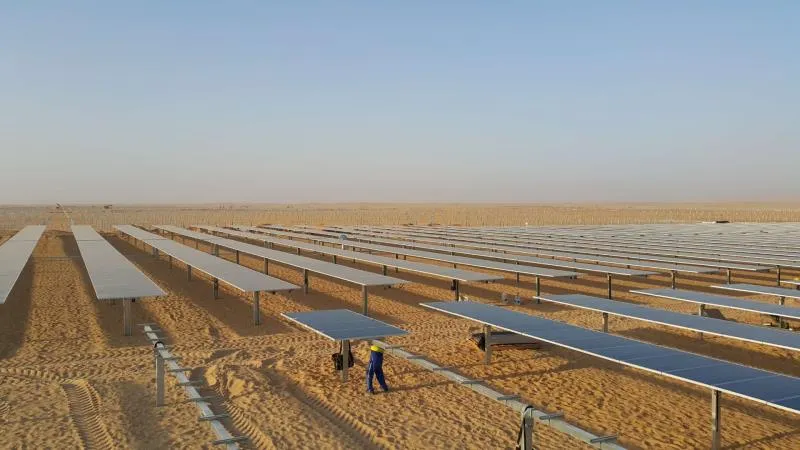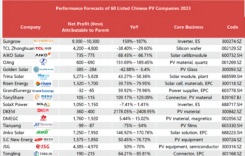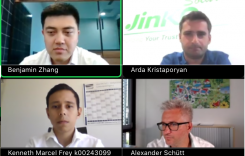PVTIME – 2020 marks the end to state subsidies for photovoltaic projects in China and the beginning of the era of grid parity. TBEA New Energy, like many other PV equipment manufacturers, have facilitated this transition with their pursuit for efficiency and innovation. As one the technological leaders in solar inverters, TBEA New Energy recently unveiled its 1500V high power string inverter, the TS228KTL-HV.

“Presently, new energy power generation is on the cusp of achieving grid parity, and the traditional competition model of production expansion and cost reduction has shifted towards achieving success through technological advancements.”
—— Zhang Jianxin, General Manager of TBEA New Energy
Leading the industry through the provision of high efficiency new products and emphasis on achieving grid parity
As the heart of the photovoltaic power station, the inverter directly affects the output and return on investment of the power station. Especially in the era of parity, as the application of high-power modules gradually shifted from 400W to 500W, and to beyond 600W+ in the future, higher requirements are put forward for inverters. The TS228KTL-HV high-power string inverter launched by TBEA New Energy is a new generation of 1500V high-power string inverters meticulously built for the era of grid parity.
The TS228KTL-HV inverter, with a power rating of 228kW, has outstanding technical features such as high capacity ratio, friendly grid connection, safety and reliability, and intelligent operation and maintenance. The system structure eliminated the AC combiner box and reduced the total of amount of AC cables required.
The TS228KTL-HV inverter can support up to 36 PV strings and has 12 MPPTs to reduce power loss. It holds a maximum conversion efficiency of ≥99.02%, a capacity ratio greater than 1.5. an output overload capacity of 1.1, supports 4MW+ square arrays, and can meet the needs of the global market.
The protection degree of the TS228KTL-HV is IP66 while its anti-corrosion level is C5. Its non-fuse design can fully adapt to various harsh environments, increasing its service life.
With high power, long life, and high compatibility, the TS228KTL-HV inverter is able to lay a strong foundation for the efficient and stable operation of photovoltaic power stations.
Ongoing reductions in LCOE through intelligent solutions
In the era of grid parity, the comprehensive evaluation of the entire system with LCOE as the main metric is an important indicator of a project’s success. TBEA New Energy believes that the effective plan to reduce LCOE for photovoltaic power plants in 2020 involves combining “1500V+ large size silicon wafer bifacial modules + high-power inverters + large sub-arrays + tracking brackets + intelligent operation and maintenance”. With this philosophy in mind, TBEA New Energy launched a system solution centered around the TS228KTL-HV.
With TS228KTL-HV as the core solution, through the technical applications of higher voltage, higher power, higher capacity ratio, and larger sub-arrays, the overall LCOE of a PV power station can be reduced by more than 7%. A system solution which adopts the TS228KTL-HV inverter can see LCOE reductions of between 2~3%. TBEA New Energy’s independently developed TB-eCloud intelligent operation and maintenance platform, through the application of big data, can increase power generation by more than 2%, and reduce LCOE by more than 4%. Additionally, with the intelligent monitoring of the IV curve and DC arcing, the LCOE can be reduced by 1%. At the same time, the application of the intelligent tracking brackets can increase the power generation of the module by more than 20%.
The entire system solution effectively reduces the LCOE while making increases in power generation a reality. TBEA New Energy adheres to its differentiated and unique development vision in pursuit of “high efficiency” and “intelligence”, creating new high quality products and solution systems that will usher in the era of grid parity, and lead the charge in renewable energy development.











